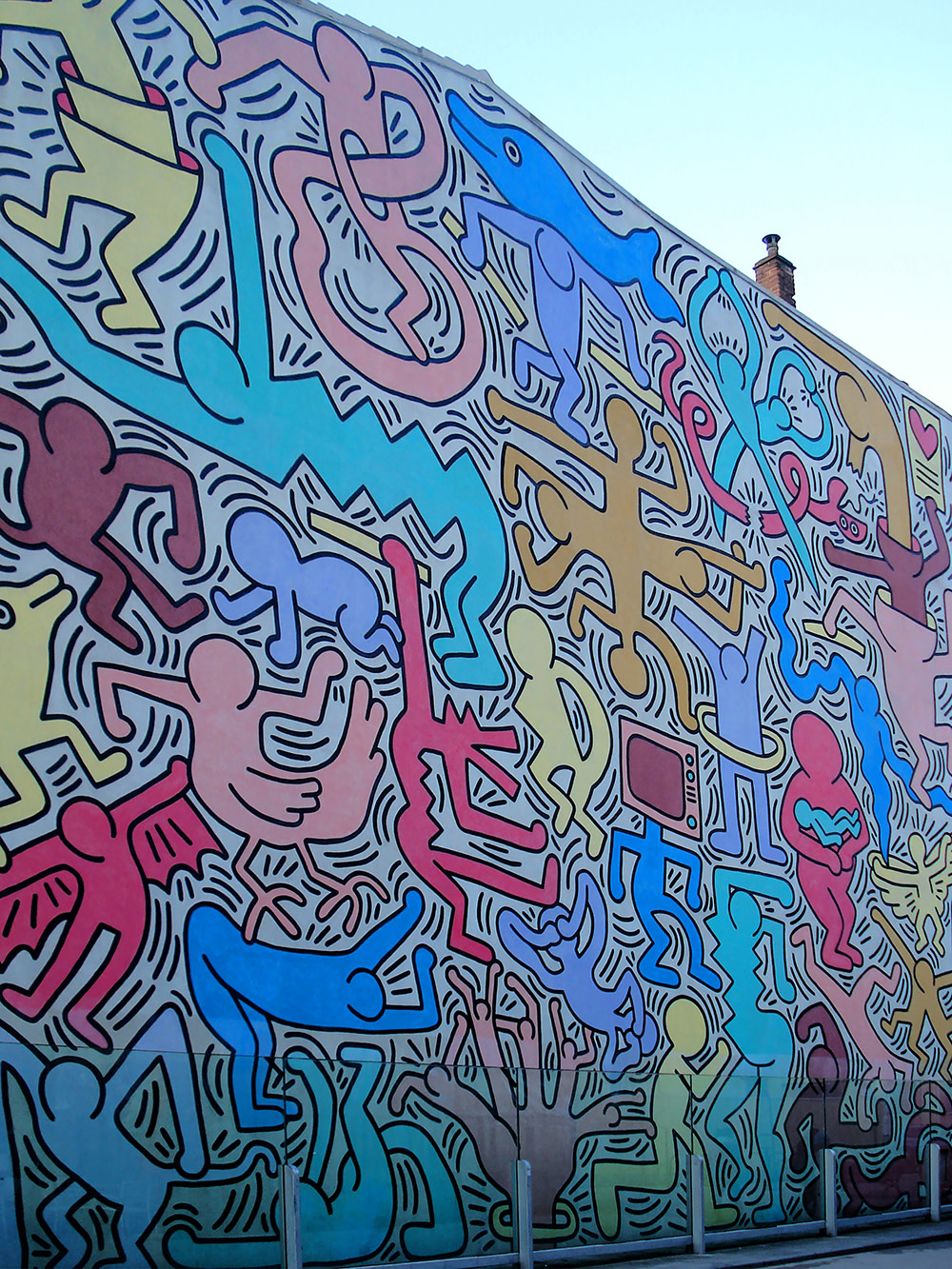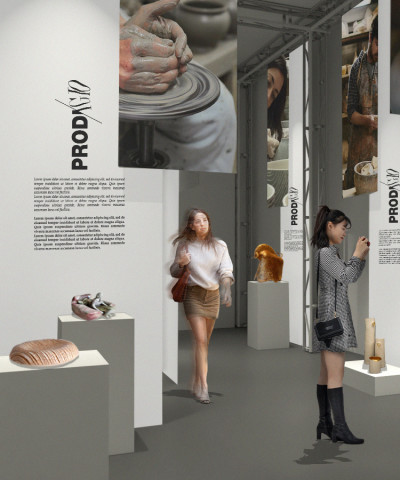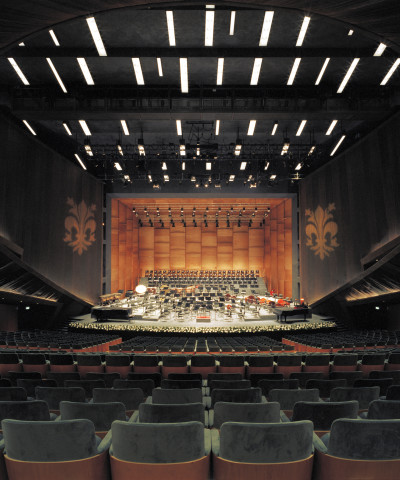Keith Haring's exhibition in Pisa
At Palazzo Blu the works of the American artist from the Nakamura Keith Haring Collection
The exhibition "Keith Haring", at Palazzo Blu in Pisa, from November 12, 2021 to April 17, 2022, organized by the Fondazione Pisa in collaboration with MondoMostre and with the extraordinary participation of the Nakamura Keith Haring Collection, curated by Kaoru Yanase, Chief Curator of the Nakamura Keith Haring Collection, pays tribute to the American artist, universally recognized as one of the fathers of street-art, who stayed in Pisa in 1989, to paint on a wall of the convent of S. Antonio, the famous mural 'Tuttomondo'. Antonio, the famous mural 'Tuttomondo".
 Keith Haring, Tuttomondo, 1989
Keith Haring, Tuttomondo, 1989The exhibition presents for the first time in Europe a rich selection of works, over 170, from the Nakamura Keith Haring Collection, Kazuo Nakamura's personal collection, located in the museum dedicated to the artist, in Japan. They are part of the collection, and are on display in Pisa, works ranging from Haring's earliest to his latest works, many complete series such as Apocalypse (1988), Flowers, (1990) and various other drawings, sculptures and large works on canvas such as Untitled (1985).
The exhibition traces Haring's entire artistic career and the wide range of expressive techniques he investigated - painting, drawing, sculpture, video, murals, public and commercial art - starting with the subway drawings, Subway Drawings, 1981-1983 (white chalk/paper/wood panels), which remain among his best known and most acclaimed works, to the portfolio of seventeen silkscreen prints entitled The Bluprint Drawings, his last series on paper reproducing the earliest and purest visual narratives born in 1981, published in 1990, one month before his death.
Keith Haring lived through the upheavals of 1980s New York when the American economy was in crisis and the city was prey to violence, drugs, discrimination and poverty. Haring has always been committed through his works to raise awareness on issues such as nuclear energy, the negative aspects of the technological era, environmental protection, rampant racism, drug use and AIDS prevention. From the beginning of his career, Haring found ways to blend what is unequivocally recognized as art with everyday life.

















